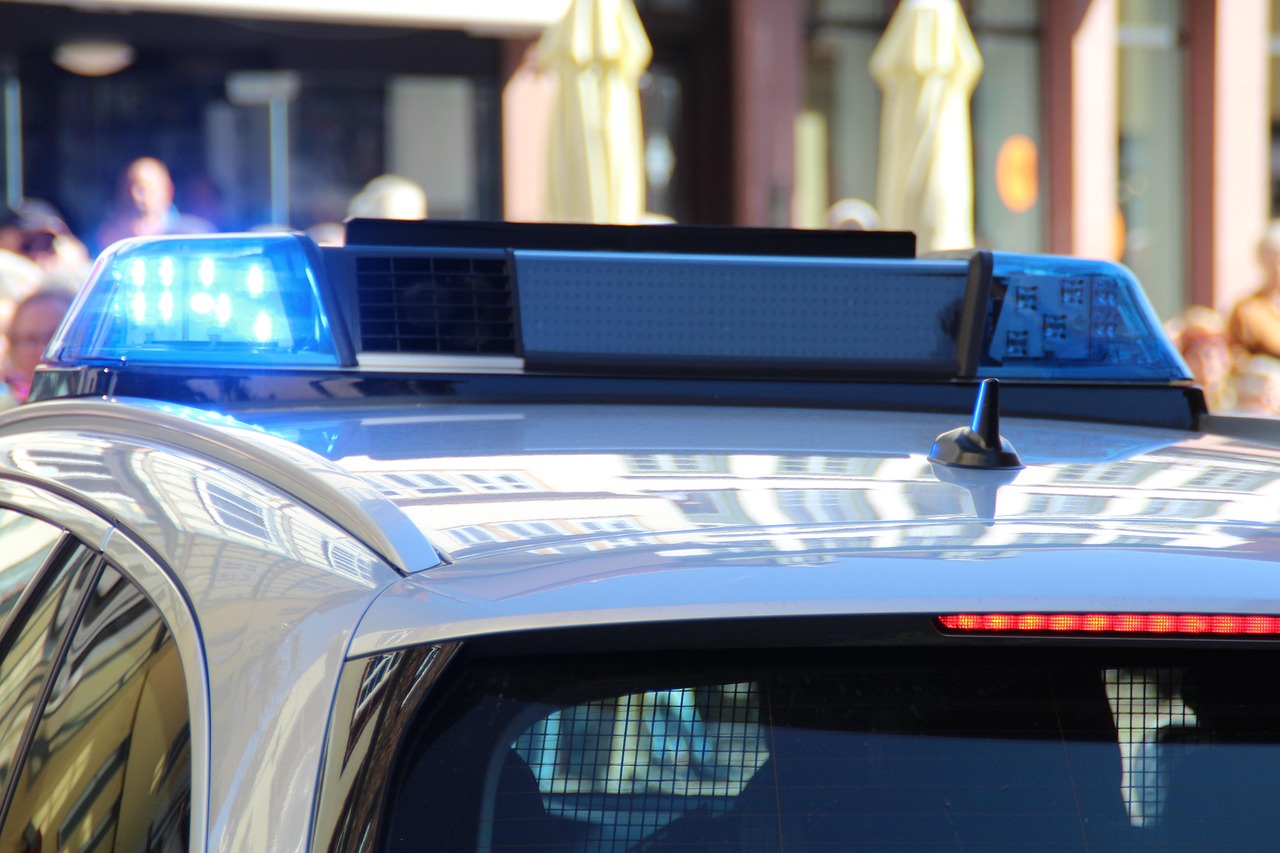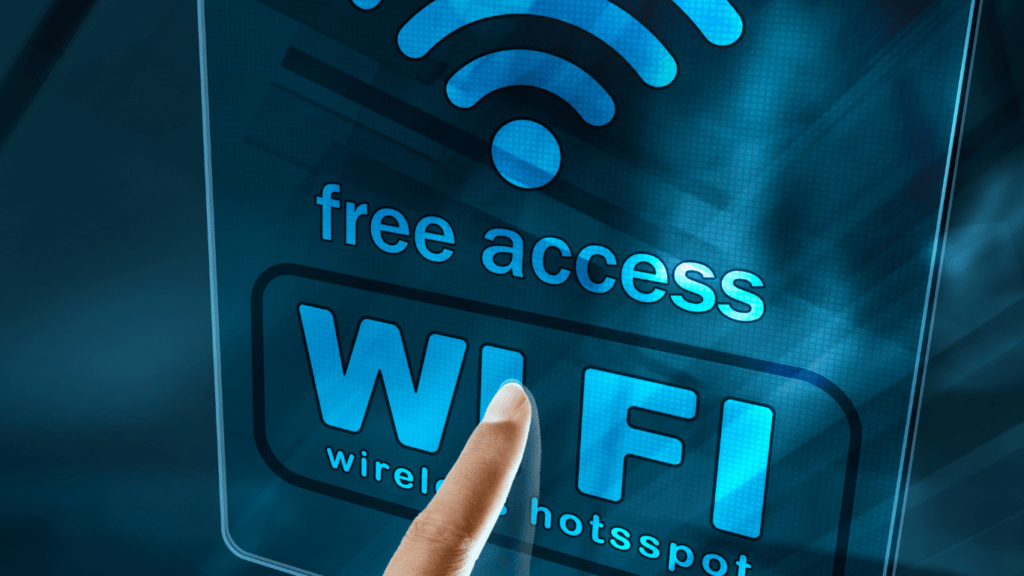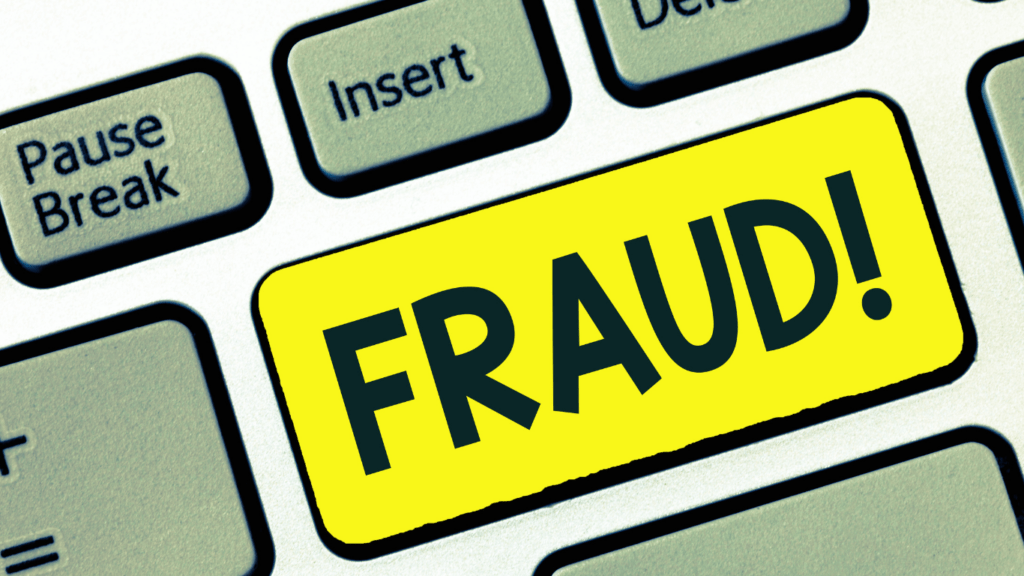What Deepfakes Actually Are
Deepfakes are synthetic media videos, audio, or images that are generated or manipulated using artificial intelligence. At a glance, they can appear convincingly real. Behind the scenes, they rely on deep learning techniques, especially a type of neural network called GANs (Generative Adversarial Networks). One AI model creates a fake, another tries to spot the fake, and together they keep improving until the result is nearly indistinguishable from reality.
With enough source material, AI can replicate a person’s face, voice, and general behavior. A famous politician giving a speech they never made? That’s a deepfake. A celebrity appearing in a fabricated video? Also a deepfake. Everyday users are starting to generate these too sometimes for fun, sometimes not.
The barrier to making deepfakes is shrinking. You no longer need a PhD or a supercomputer. With open source tools and apps, a convincing fake can be made on a laptop in an afternoon. This tech is powerful, and as with most powerful things, it depends on how people use it.
Why Deepfakes Are a Serious Problem
Deepfakes aren’t just a tech curiosity they’ve become a vehicle for misdirection at scale. At their worst, they blur the line between truth and fiction so effectively that it becomes hard to trust what you see or hear online. A fake video of a world leader making inflammatory remarks? It doesn’t just go viral it shapes public opinion, feeds political division, and erodes trust in media institutions.
Newsrooms already under pressure now have to verify content more rigorously, often without the time or resources to keep up. With social platforms acting as both broadcaster and filter, misinformation slips through quickly and sticks around. Public confidence in what’s real takes a hit.
Then there’s the personal fallout. Deepfakes have been used to destroy reputations, impersonate individuals in scams, and even create explicit content without consent. Imagine seeing your face in a video saying or doing something you never did. That damage is deeply personal, and the cleanup digital or legal is rarely easy.
Legally, we’re still in murky waters. Some countries are working on laws to address synthetic media, but enforcement is spotty. Ethically, the debate gets even murkier. Is satire okay? What about art? What if the creator says it’s “just for fun” but the impact is anything but? Until policy catches up, the responsibility largely falls on platforms, creators, and users to tread carefully.
How to Spot a Deepfake

Deepfakes are slick but not perfect. The first giveaway is often facial movement. Look for subtle weirdness: eyes that don’t blink naturally, rigid cheeks, lips that don’t quite sync with the voice. These cracks in realism can slip by fast, especially on a phone screen, but once you know what to watch for, they stand out.
Next, check the source. Ask yourself: Who posted this? Are they credible? Does the account have history or is it freshly made? Verified accounts are generally safer, but even then, don’t take things at face value.
Context matters too. If something feels off, dig. Cross reference it with other sources. Was the event reported elsewhere? Are trustworthy outlets covering the same thing? When in doubt, treat it like a puzzle see if the pieces line up.
Learn more about how to detect misinformation and protect yourself here: Learn how to detect misinformation online.
Smart Tools and Techniques to Help You
Finding out if a video is real or faker than fake doesn’t have to be a guessing game anymore. One of the easiest starting points? Reverse image search. Screenshots from videos or odd profile photos can be dropped into tools like Google Reverse Image Search or TinEye to see where else they’ve shown up and when. If that same image appears in a news article from five years ago tied to a totally unrelated story, you’ve probably got a deepfake on your hands.
AI powered detection tools are also stepping up. Browser extensions and standalone apps now scan videos for manipulations using facial inconsistencies, voice mismatches, and pixel level weirdness. Some of the better known ones include Deepware Scanner and Sensity AI. These aren’t perfect, but they give you a solid line of defense beyond your gut feeling.
The platforms are turning up the heat too. YouTube, Meta, and TikTok have all rolled out features that flag AI generated content some even require creators to label synthetic media. These systems are still learning, and false negatives happen, but it’s a sign things are moving in the right direction.
All of this tech, though, only takes you so far. The strongest filter will always be your own critical thinking. Media literacy asking the right questions, looking for credible sources, and understanding how manipulation works remains the best tool we’ve got. It won’t stop deepfakes from existing, but it will keep you from falling for them.
What You Can Do About It
The first line of defense against deepfakes? Don’t take the bait. If a video or image looks off or too outrageous to be true pause before hitting share. Spreading fake content, even unintentionally, helps it gain traction.
Next, talk to your circle. Your friends, family, and the people you interact with online should know these threats exist. Help them understand how deepfakes work and how to spot red flags.
Staying current matters. Deepfake tech is evolving fast, and what fooled no one last year might slip by today. Subscribing to trusted digital literacy newsletters or following credible cyber experts can keep you a step ahead.
Finally, don’t let harmful content slide by. Platforms like YouTube, Instagram, and TikTok offer reporting tools use them. If a piece of media seems manipulated and malicious, flag it. It’s not about policing the internet it’s about protecting reality.
For more ways to protect yourself, here’s how to detect misinformation online. Be skeptical, stay sharp.


